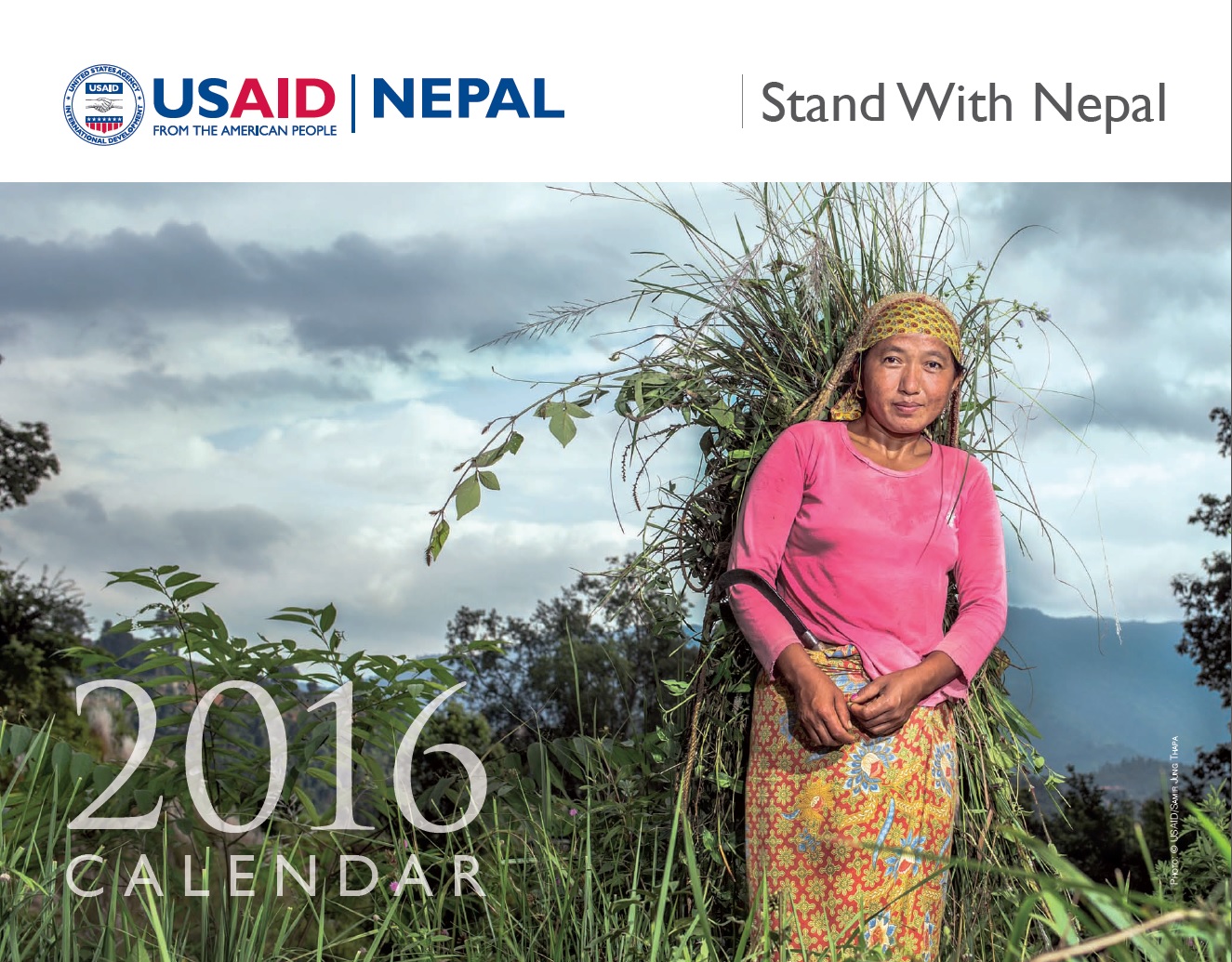The April and May 2015 earthquakes in Nepal damaged or destroyed over 755,000 homes, making housing the single largest reconstruction need and the Government of Nepal’s (GON) highest priority. USAID is funding a number of complementary initiatives to help meet this need and support the GON’s owner-driven housing reconstruction efforts. USAID has provided over $23.3million supporting to the housing sector to date.
The five-year, $10.3 million Baliyo Ghar project, implemented by the National Society for Earthquake Technology-Nepal (NSET), is a key part of USAID/Nepal’s reconstruction portfolio. Designed to help homeowners and communities rebuild in a way that increases their resilience to future disasters, Baliyo Ghar is closely aligned with the Government of Nepal (GON) owner-driven housing reconstruction project which empowers and supports homeowners, allowing them to build back safer. Baliyo Ghar established district- and local-level reconstruction technology centers, construction models, and demonstration homes. Project mobile units provide technical assistance to homeowners at the household and community level. At the national level, Baliyo Ghar supports the GON in developing improved and standardized training curricula and procedures to be used during masons and engineers training and while orienting homeowners.
After the devastating earthquake on April 25, 2015, mental health needs in Nepal increased considerably. The alarming rate of suicidal ideas in 10 percent of earthquake-affected populations revealed through a rapid survey indicated the high mental health burden. As there is no mental health desk at the Government of Nepal’s Ministry of Health (MoH), the UN World Health Organization (WHO), as co-lead of the Health Cluster, is supporting the MoH to fill this gap. Immediately after the 2015 earthquake, there was an urgent need to coordinate among partners implementing mental health response activities to ensure adherence to WHO and Inter Agency Standing Committee (IASC) guidelines.
The Kamala River Basin End-to-End (E2E) Early Warning System contributes to increase resilience of communities to floods, while strengthening stakeholder capacity to manage an E2E early warning system.
Despite a decade-long conflict and other political challenges, Nepal has made remarkable progress in expanding learning opportunities for children and adults. Since 1990, net primary school enrollment rates have increased from 64 to 96 percent, with near gender parity. However, the quality of education remains low, as are secondary school completion rates.











Comment
Make a general inquiry or suggest an improvement.